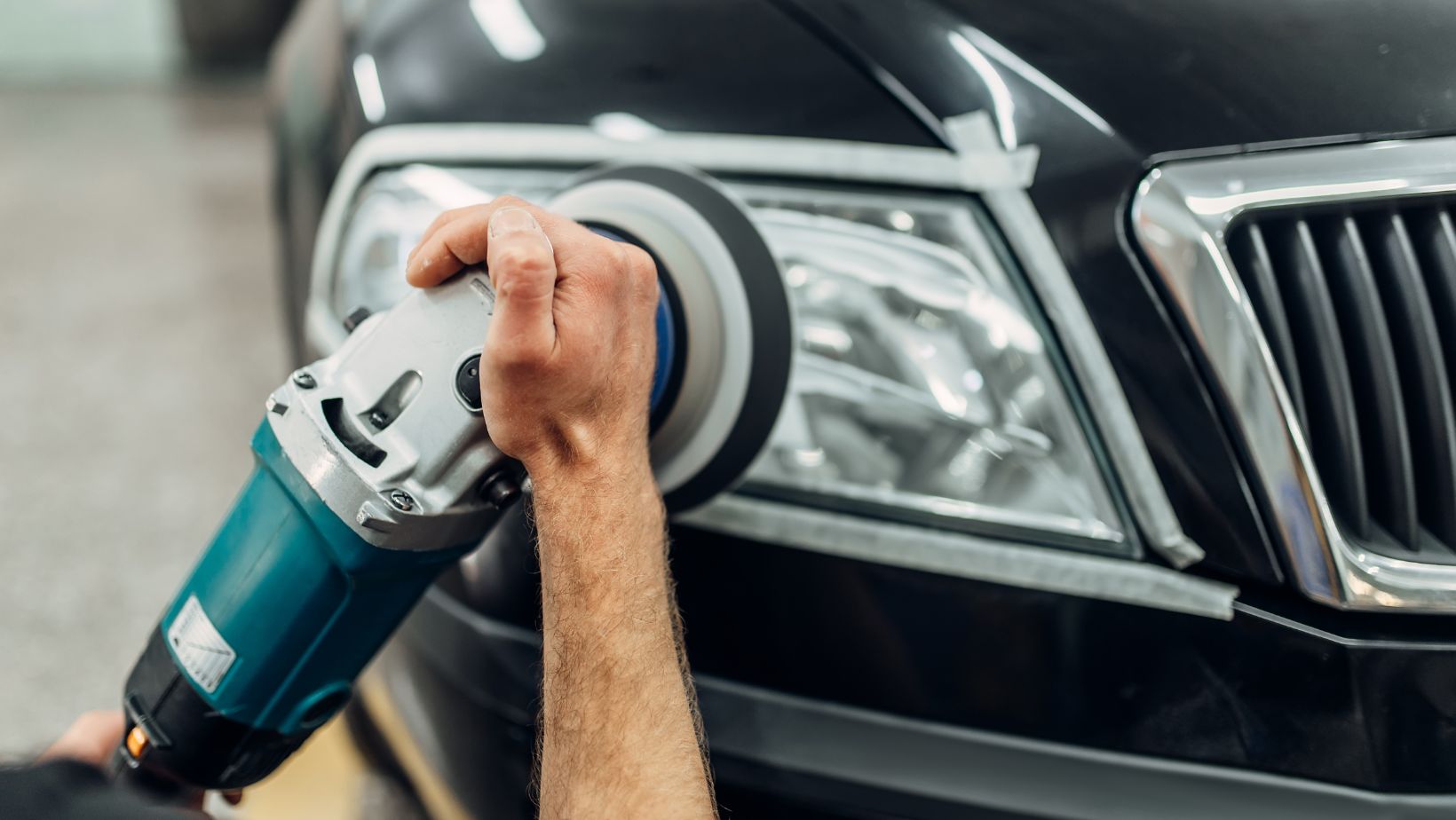With time, the car headlights tend to turn yellowish, cloudy, or even hazy because of direct sunlight, air pollution, and the fallout debris of the road scattering on them. This may diminish their night functionality and gives the car an old or poorly maintained look. Most car owners think that the only remedy is to find a way of replacing the headlights completely which is time-consuming and expensive. Nevertheless, cloudy headlights can be restored using appropriate means and solutions so that the headlights do not need any replacement.
Not only does the restoration of the headlights make the vehicle attractive but also a safe operation since it becomes easy to drive at night. Clean and well cared headlights help an individual be more aware on the road and also help the person to look more professional in driving the vehicle. This form of maintenance usually comes under car detailing procedures and can be learnt by any car owner at home with the correct procedure.
Understanding The Causes Of Headlight Damage
The most common material polycarbonate plastic is used as a hard plastic, it is also vulnerable to UV damage. As time passes the lenses protective coat gets worn off and the lens is left susceptible to oxidation. This exposes them to cloudy or yellow effects normally noted on older cars. The headlights also get damaged due to dirt and chemicals as well as weather conditions.
The cloudiness that accumulates on headlights does not just impact on the appearance of the car. It scatters the light beam weakening the powerful working of the headlights, which presents a possible security challenge. Early treatment of this problem will help guarantee the visibility of the road to drivers and vice versa. Being aware of the background causes car owners to be more informed on how to clean and restore their headlights.
Preparing The Headlight Surface
Before commencing the surgery on headlights, one must clean headlights properly. Clean it all with soap and water to get rid of oily grime, insects, and junk. Completely dry the lens with a clean microfiber cloth which will leave no watermark, to ensure that the next products used on the lens stick as they should.
In case of the headlights being seriously oxidized, then there might be a need to cover the adjacent paintwork and the trim using tape. This will help avoid scratches or damage caused by accidents during the process of sanding or polishing. Preparation is an essential component of the job and establishes the basis of a successful and permanent fix. As it can be observed in car detailing, the more time is spent on preparations, the better results are achieved.
Using Abrasives To Remove Oxidation
One will need to take off the affected synthetic stained skin to make it clear again. This is done through wet sanding using fine-grit sandpaper. Start with a rough grit of 1000 or 1500, then turn towards higher grit to get a smooth finish. Sand on a horizontal surface in a way that the surface is kept constantly pushed damp so that it does not scratch.
After sanding, sand down the lens with the use of a plastic polish or headlight restoration compound. This action will assist in restoring the shine and clearness to the light surface. With a clean microfiber cloth or a foam applicator pad, and in small circular motions, make the lens clear. It can require a few passes but will bring big gains in visibility and appearance.
Protecting The Headlights After Restoration
A UV sealant/ clear coat should also be applied after polishing to seal the headlights to guard against future oxidation. This is a protective coating which covers the plastic and enables the outcomes of the restoration to be prolonged. Most restoration kits have a sealant in it or can be bought at an auto parts store.
Maintenance is key to keeping the headlights clear. Proper cleaning and sporadic use of UV protectant can ensure that the restored clarity is maintained. This step will prevent the possibility of the headlights clouding after a few months once again. Like with most detailing work on a car, long-term effects are reached through the maintenance.
Considering Professional Help When Needed
Although most of the headlight restoration work can be done at home some instances they might need professional help. In case the lenses have extensive pits or cracks or restoration has already been commenced that has damaged the lenses, then assistance may be required of a car detailing specialist. Such professionals are able to use high-tech tools and products which can create high-quality work.

Nevertheless, in the majority of situations, a precise Do-It-Yourself method will provide enough sense to put yourself together and make lighting work better. One of the more rewarding car repair/maintenance tasks should definitely be headlight restoration one as the outcome of the task can be seen in real time, and it makes the car much more aesthetically appealing and useful at the same time.
Final Thoughts
Cleaning up the cloudy headlights is the cheap and viable method of enhancing not only appearance but also car safety. This is a job that any automobile owner can do by using the appropriate hardware and in a little bit of time those hazy lenses can be the clear beautiful lenses they used to be. This minute effort and time gives the driving experience an apparent difference in terms of driving comfort and car appeal.
Headlight restoration is part and parcel of taking care of your car thus enhancing the aspect of the car. As car detailing it is an indication of your responsibility to maintain your car in the best possible condition. Good headlights do not only enable you to see farther, but also help you have a more certain and refined driving style.

